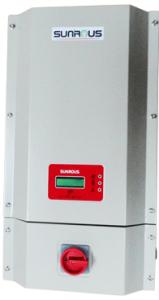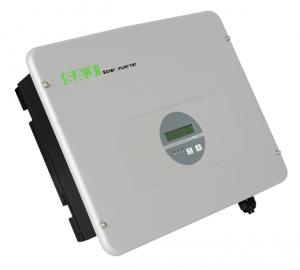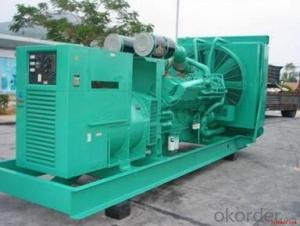2.5 Kva Mppt Solar Inverter
2.5 Kva Mppt Solar Inverter Related Searches
Home Power Inverter For Solar Best Inverter For Solar Mppt Inverter For Solar System Inverter For Home Solar Solar Power Inverter For Rv Shade For Solar Inverter App For Solar Inverter Capacitor For Solar Inverter Ct For Solar Inverter Inverter For Rv SolarHot Searches
Type Of Inverter For Solar Types Of Inverter For Solar Used Solar Inverter For Sale Inverter Size For Solar System Solar Edge Inverter For Sale 5kw Solar Inverter For Sale Solar Inverter For Sale Solar Inverter For Battery Solar Inverter For Split Ac Solar Inverter For Laptop Solar Inverter For Fridge Solar With Inverter Price Solar Inverter With 2 Battery Solar Inverter With Ac Outlet Solar Inverter Price In China Best Solar Inverter In China Solar Inverter Price In Dubai Solar Inverter Price In Uae Solar Inverter Price In Kenya Type Of Inverter For Solar2.5 Kva Mppt Solar Inverter Supplier & Manufacturer from China
Okorder.com is a professional 2.5 Kva Mppt Solar Inverter supplier & manufacturer, offers integrated one-stop services including real-time quoting and online cargo tracking. We are funded by CNBM Group, a Fortune 500 enterprise and the largest 2.5 Kva Mppt Solar Inverter firm in China.Hot Products
FAQ
- The role of a power limiter in a solar inverter is to regulate and limit the amount of power that can be generated and fed back into the electrical grid. It ensures that the solar system does not exceed the permitted power limits set by the utility company or regulatory authorities, preventing any potential damage to the grid infrastructure. Additionally, a power limiter helps maintain a stable and reliable power supply by controlling the amount of solar energy that is being exported or utilized within a specific threshold.
- The role of a synchronization circuit in a solar inverter is to ensure that the inverter's output waveform is synchronized with the grid's waveform. This is important because the grid operates at a specific frequency and voltage level, and any deviation can lead to power quality issues or damage to electrical equipment. The synchronization circuit adjusts the inverter's output waveform to match the grid's waveform, allowing for efficient and safe energy transfer between the solar system and the electrical grid.
- The communication protocols commonly used in solar inverters are Modbus, SunSpec, and DNP3. These protocols enable the inverters to communicate with other devices and systems, such as monitoring software, energy management systems, and smart grids, to exchange data and control commands.
- The importance of voltage and frequency control in a solar inverter is crucial for maintaining the stability and reliability of the power output. By regulating the voltage and frequency levels, the inverter ensures that the electricity generated from the solar panels is in sync with the grid requirements. This control is necessary to prevent damage to electrical appliances and equipment, maintain grid stability, and enable seamless integration of solar energy into the existing power system.
- The role of a power factor controller in a solar inverter is to regulate and optimize the power factor of the system. It ensures that the power factor remains close to unity, helping to improve the efficiency and performance of the solar inverter. By controlling the power factor, the controller minimizes reactive power generation and reduces energy losses, ultimately enhancing the overall power quality and stability of the solar inverter system.
- A solar inverter interacts with the electrical grid by converting the direct current (DC) produced by solar panels into alternating current (AC), which is the standard form of electricity used in the grid. It synchronizes the AC output with the grid's frequency and voltage levels, allowing the solar energy to be seamlessly integrated and fed into the grid. Additionally, the inverter monitors the grid's requirements and adjusts the power output accordingly, ensuring efficient and safe operation while maintaining grid stability.
- A solar inverter can positively affect the value of a property by making it more attractive to potential buyers. It increases the property's energy efficiency and reduces electricity costs, which can be a significant factor for buyers looking for sustainable and cost-effective homes. Additionally, having a solar inverter installed demonstrates the property's commitment to renewable energy, which can be appealing to environmentally-conscious buyers.
- The power factor correction capability of a solar inverter refers to its ability to correct any power factor issues in the electrical system it is connected to. A solar inverter typically aims to achieve a power factor as close to 1 as possible, which indicates a balanced and efficient use of electrical power. By actively monitoring and adjusting the power factor, a solar inverter ensures that the energy generated from the solar panels is effectively utilized and does not cause any unnecessary strain on the electrical grid.







































